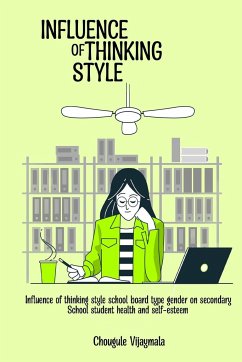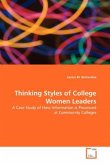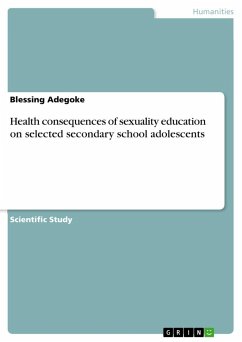Abstract Well-being is the experience of health, happiness, and prosperity. It includes having good mental health, high life satisfaction, a sense of meaning or purpose, and ability to manage stress. Positive and negative thinking styles plays effective role in person's wellbeing and self-esteem. The present study was an attempt to find out the difference in thinking styles, gender and type of school board on general well- being and self-esteem of secondary school students. It was also the study to search out combined effect of thinking styles, gender and type of school board on general well-being and self-esteem of students. The sample of 800 secondary school students between the age of 13-15 years were participated in the study. Out of them 400 males and 400 females were involved in the study. They enrolled in class 8th and 9th of State board and CBSE/ICSE high schools located in the areas of Kolhapur, Sangli and Miraj city of Maharashtra. Random sampling method was used to select the sample. 2x2x2 factorial design was used for the study. In this research, researcher has created thinking styles, type of school board, and gender are the independent variables whereas well-being and self-esteem are dependent variables. The tools used included Thinking Styles Inventory Revised -II (Sternberg R.J., Wagner R.K. and Zhang L.F. 2007) for measuring Type I and Type II thinking styles. General Well-being scale (Kalia A.K. and Ms. Deswal A. 2011) and Coopersmith Self-esteem Inventory (2002) for measuring self- esteem. Demographic information was collected at the time of test administration. The data was analysed using SPSS-20 version. Descriptive statistics and MANOVA were used to analyse data. The findings shows that the level of general well-being is high in the group of students who have positive thinking styles. General well-being is equal in the group of students who have different board such as State board type school and CBSC,ICSE board type schooling. The level of general well-being is higher in male students than female








